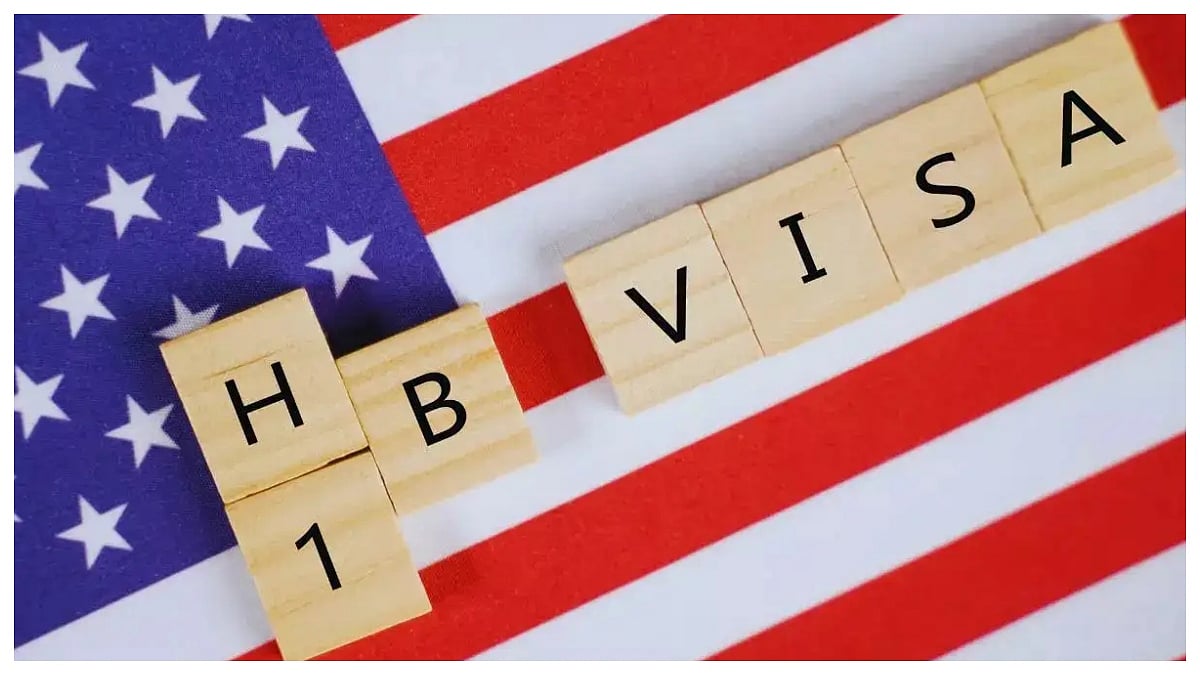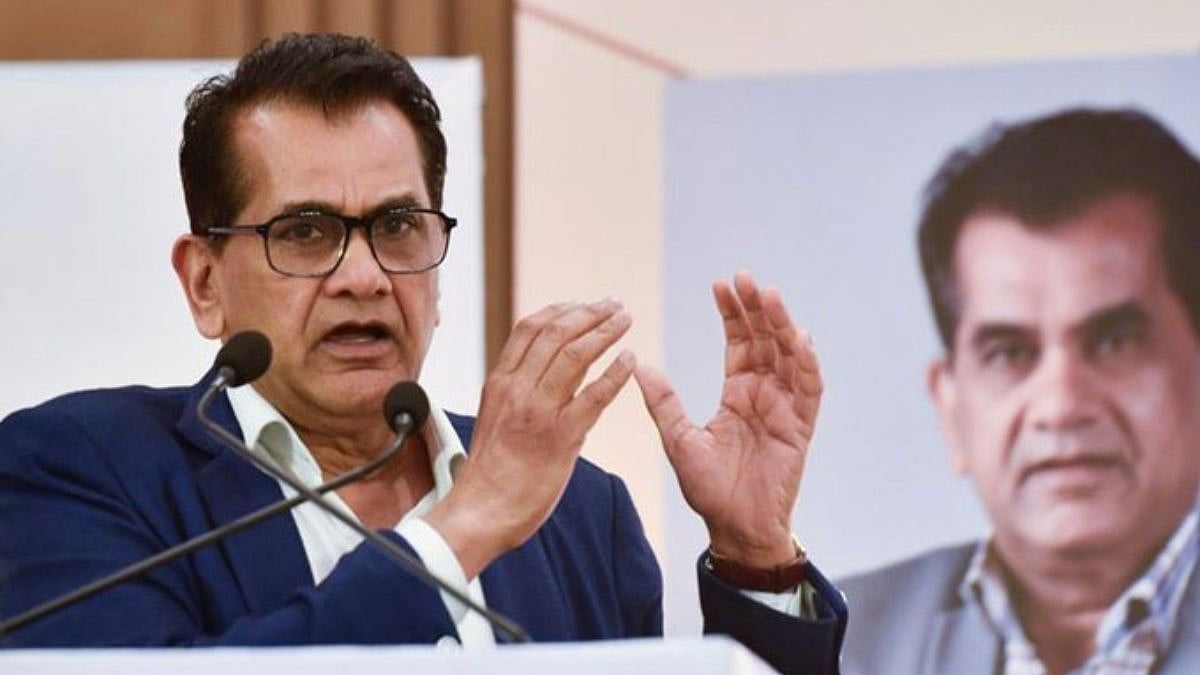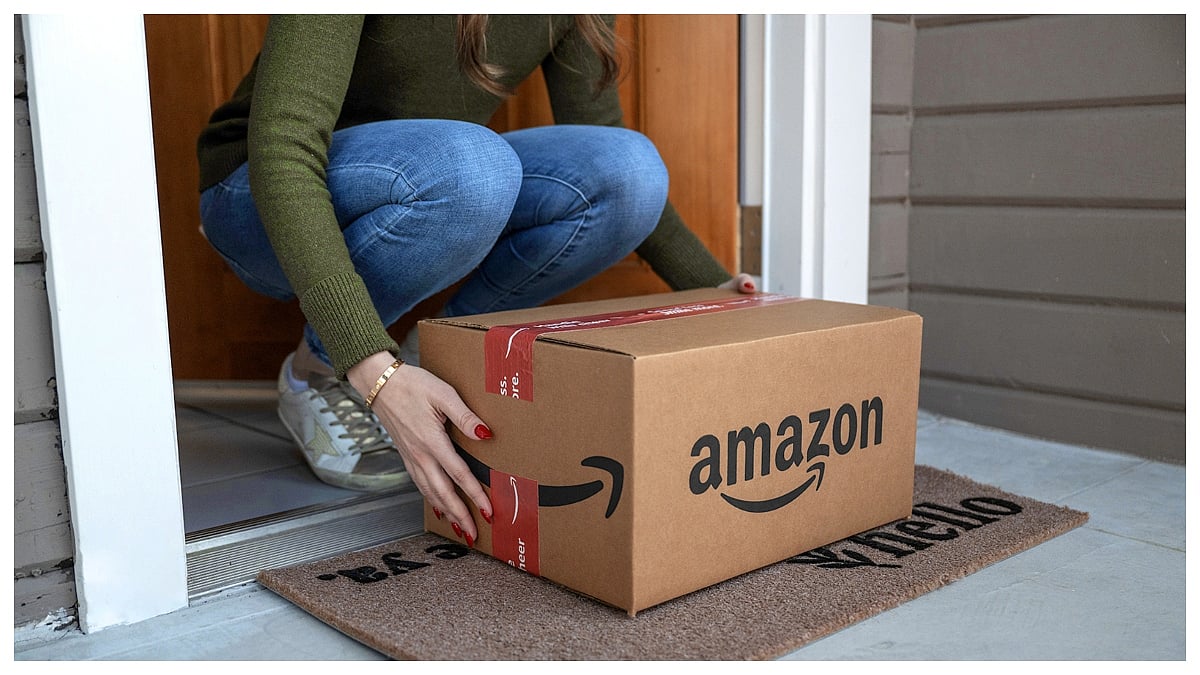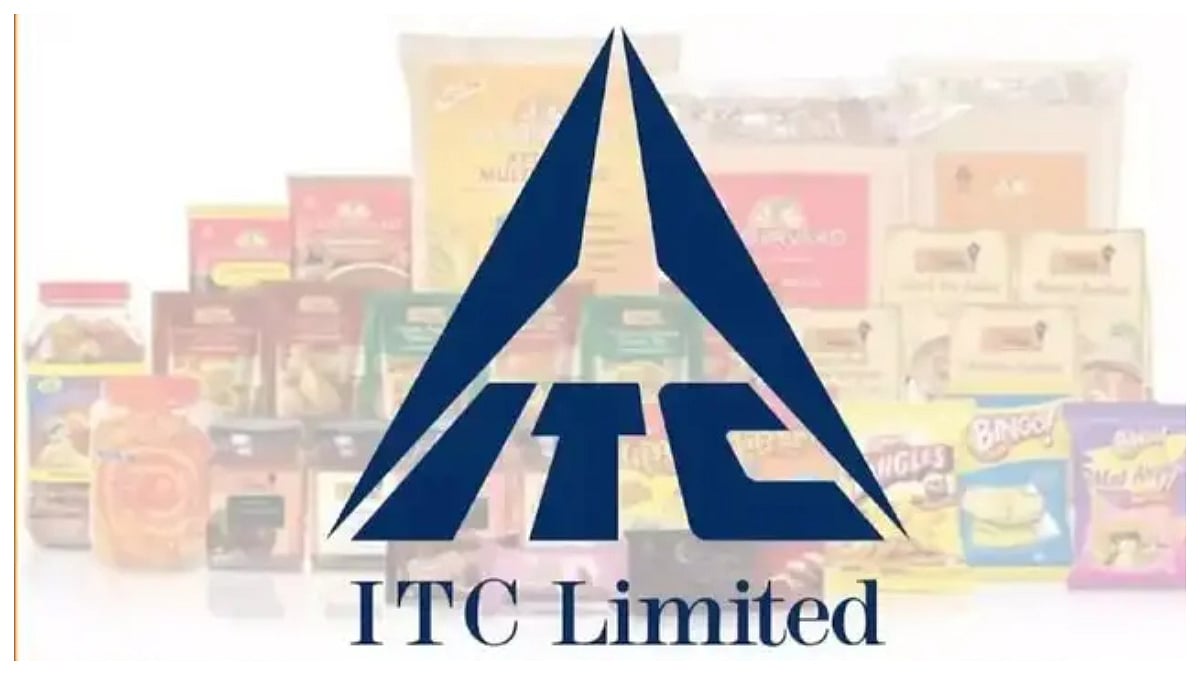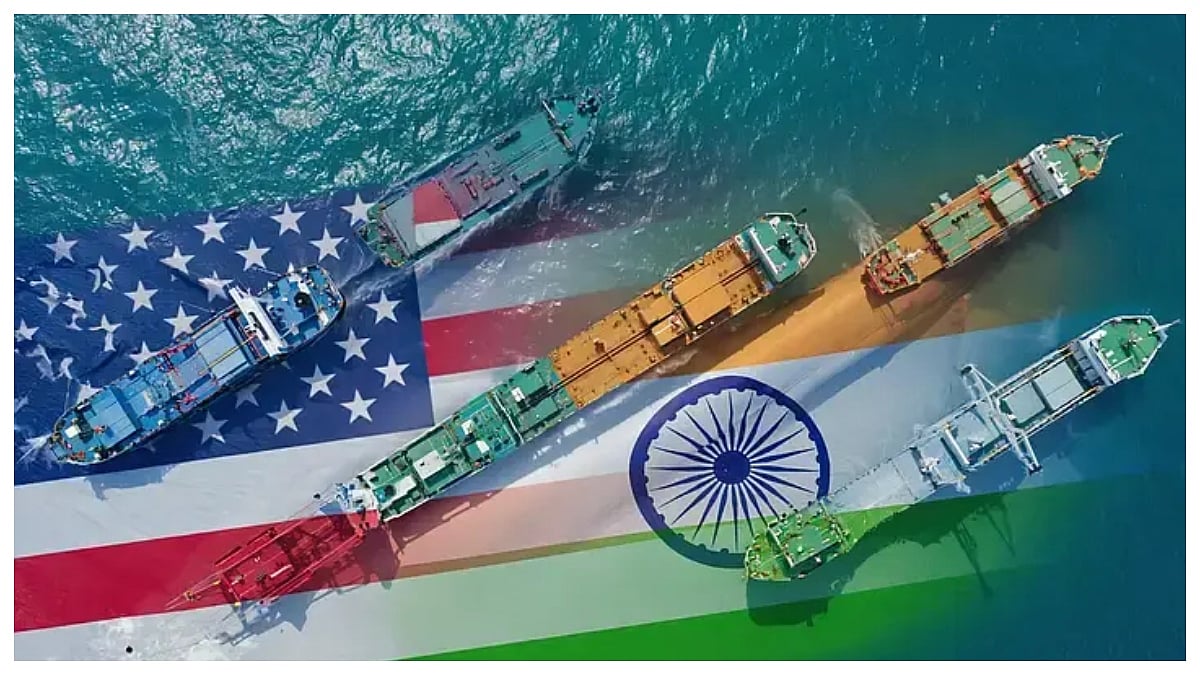Blinkit, in the ever-surging race of the ace of spades of quick service delivery platforms, has decided to go one up with its new service of ambulance services in 10 minutes.
Blinkit's 10-Minute Ambulance
In a post on X, Blinkit CEO, Albinder Dhindsa said, "Ambulance in 10 minutes. We are taking our first step towards solving the problem of providing quick and reliable ambulance service in our cities. The first five ambulances will be on the road in Gurugram starting today. As we expand the service to more areas, you will start seeing an option to book a Basic Life Support (BLS) ambulance through the @letsblinkit app."
While this is perhaps a revolutionary move both in terms of services and in terms of business for Blinkit and Zomato by extension, what it means for the larger system is something that needs to be answered.
When it comes to business, that may be termed as good business, as its biggest rival Zepto, with a billion-dollar infusion, is deploying resources into newer avenues, the latest of all being Zepto Pharmacy.
Are State System Of Any Use?
This leaves us a question surrounding, the status and the role of the public sector or the larger state. Are state machineries of public health and welfare inadequate to provide these basic amenities?
Mind you, unlike any packet of Bhujiya, a bottle of coke and pair of undergarments, the availability of an ambulance service is something essential, or more precisely imperative.

/Representative image /Delivery Boy/ Representative Pic |
In a country where many die due failing to get medical attention at the right time, many die in traffic signals waiting for cavalcades of VVIPs to pass by, will this be a solution? or does this somewhere shine a light on the larger rot in the system.
When we look at the numbers, the Haryana government, where the millennium city of Gurgaon or Gurugram is located, allocated Rs 9,541 crore for the health department for the fiscal year 2024-25.
In Maharahstra, which is the richest state in the country, and houses the biggest city in the country, Mumbai, the state government allocated Rs 87,657 crore for the health department in 2024-25.

This is a representative image of cases of rusting ambulances. |
Inadequate Public Health Services
These allocations come at a time when myriad reports of ambulances designed for the purpose of the welfare of the public are often found rusting in the backyard of ignominy and apathy.
Another factor in the garden of lack of care, is death by delay, as according to the central government's own statistics, 1.5 lakh Indians were killed on the roads in India in 2023.
According to 'Emergency and Injury Care at District Hospitals in India', a national assessment by Niti Aayog, emergency services in India have fallen short of what they need to do.
According to thsi report, approximately 90 per cent of road ambulances were devoid of necessary medical equipment.
In addition, 95 per cent were driven by inexperienced drivers. Adding insult to injury, a staggering 98.5 per cent were utilised to transfer the dead.
According to a CAG report for the year 2021, many in need could not survive as there delays in procuring ambulances services, as they were located far away from the site of requirement.

FP Photo
When we look at Haryana itself, according to a report from Scroll.in, the northern state had no registered ambulances as per the road transport data set, meanwhile, as per the national health mission, the state only had a meagre 600 odd ambulances.
What Happens To Rural India?
Apart from bad services, we also need to look at urban-rural disparity. Companies like Blinkit and Zepto currently are largely limited to urban centres with their services.
In fact, many of them do not even serve or cater to semi-urban centres, just outside of metropolises. This is the status for these platforms, and their basic services. One can only imagine the case for crucial services like ambulances. What happens to Rurals centre, when they need these services, well, in about 20, if not 10 minutes, is something many may not have an answer to.
And most importantly, beyond attracting users on to their application, will these avenues protect and aid end users in the longer run, is another question that needs to be answered. Once the fad goes away, will the ones need left to their own devices again?



